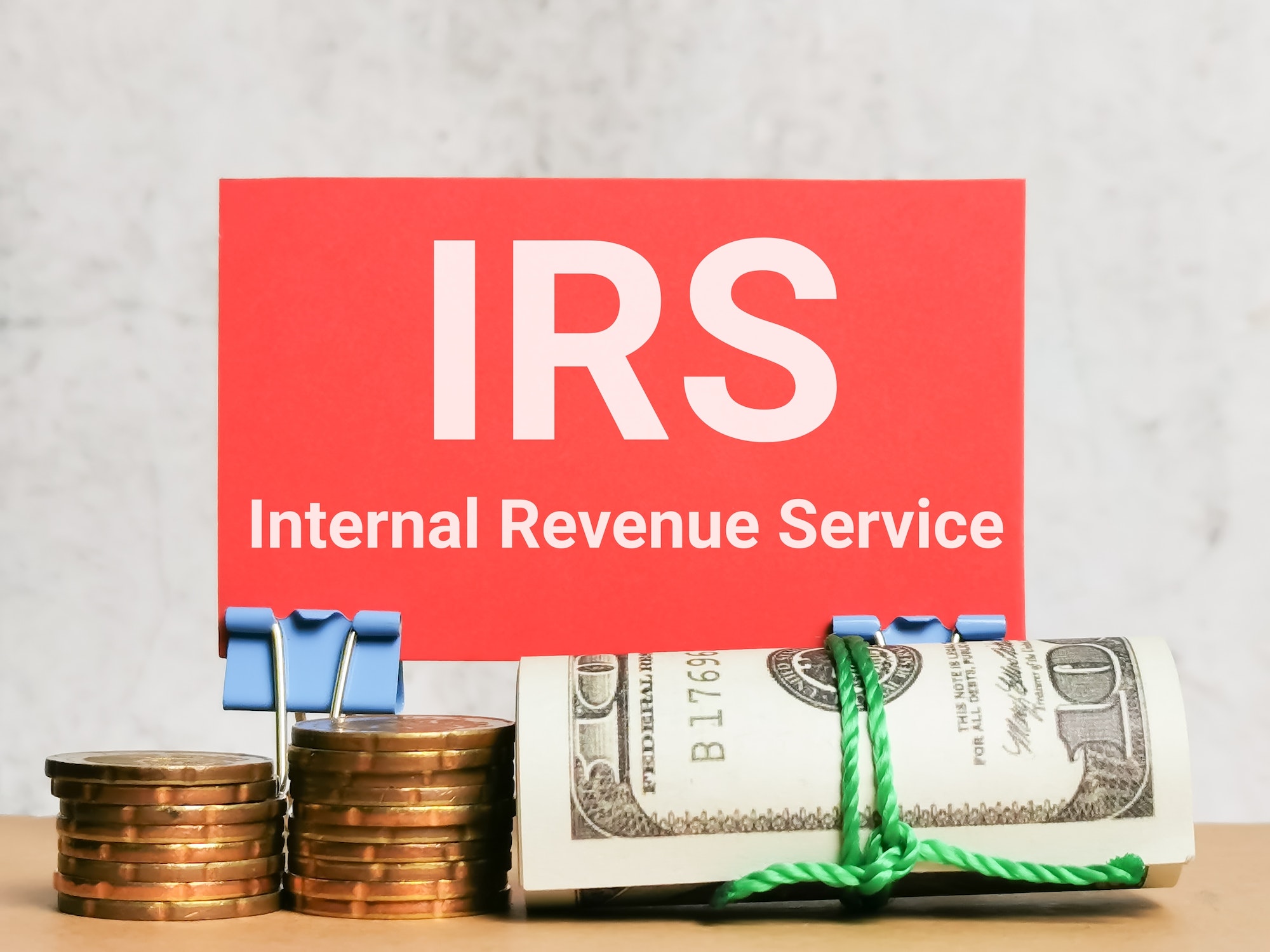The Affordable Care Act’s Individual Tax Penalty is History
From 2014 through 2018, the Affordable Care Act (“ACA”; also called Obamacare) required all individuals to obtain minimally adequate health insurance coverage for themselves and their families each year. Those who failed to do so were required to pay a tax penalty—officially called the “shared responsibility payment”—to the IRS. For most people, the penalty was $695 per person ($347.50 per child). However, many people were exempt from the penalty due to their low income or other reasons. Congress eliminated the tax penalty completely starting in 2019.
Thus, you will not be charged an IRS penalty if you do not obtain health insurance for yourself and your family for 2019 and later.
If you’re an employee or employer, be aware that the ACA’s employer mandate remains in place in 2019 and later. This requires that employers with more than 50 full-time equivalent employees provide their employees with health insurance coverage meeting the ACA’s requirements or pay substantial penalties.
It’s Easier to Make Money Out of Your 401(k) Due to Hardships
If you have a 401(k) account, you are not eligible to take the money out until you reach age 59 ½ without incurring a penalty. Early withdrawals are subject to a 10% penalty tax as well as regular income taxes. However, early withdrawals without penalty are permitted in the case of hardship. Such hardships include medical expenses, preventing eviction or foreclosure, tuition for higher education expenses, purchasing a home, paying funeral expenses for a family member, or losses due to federally declared disasters.
Starting in 2019, the IRS liberalized its rules for taking hardship distributions. In the past, you were required to first attempt to borrow the money you needed from your 401(k) account, instead of taking a withdrawal. This is no longer required. Additionally, under former rules, you were not permitted to make any new contributions to your 401(k) for six months after you took a hardship distribution. This rule has been eliminated starting in 2019.
Big Change in Tax Rules for Alimony
For decades, alimony payments were deductible by the ex-spouse who made them and taxable income for the receiving ex-spouse. The alimony deduction saved on taxes because the alimony-paying ex-spouse was usually in a higher tax bracket than the alimony-receiving ex-spouse.
The deduction for alimony payments was permanently eliminated starting in 2019. Moreover, alimony recipients are no longer required to pay tax on their alimony payments or include them in their income. This change applies to all divorces or legal separations finalized on January 1, 2019, or later. The old rules continue to apply to divorces finalized before January 1, 2019. The new rules will result in many alimony-paying ex-spouses owing more in income taxes.










